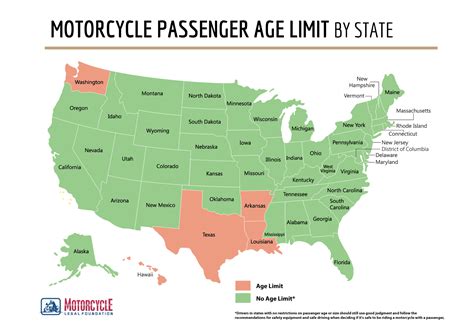The Age of Motorcycles: What You Should Know
Motorcycles, symbols of freedom and adventure, have a rich history spanning over a century. Understanding the age of a motorcycle is crucial for several reasons, from determining its value and mechanical condition to appreciating its historical significance. This guide delves into the key aspects of motorcycle age, helping you navigate the world of vintage, classic, and modern bikes.
How is a Motorcycle's Age Determined?
The age of a motorcycle is primarily determined by its year of manufacture. This information is usually found on the motorcycle's title, registration documents, or stamped on a component of the bike itself (often the frame or engine). Sometimes, discrepancies can arise; therefore, cross-referencing information is crucial for accuracy. Professional motorcycle mechanics and vintage bike enthusiasts often can assist in accurately determining age if original documentation is missing or unclear.
What are the Different Categories of Motorcycle Age?
While there's no universally agreed-upon system, the motorcycle world often categorizes bikes by age, impacting valuation and enthusiast communities:
Modern Motorcycles:
Generally considered motorcycles manufactured within the last 10-15 years. These bikes benefit from modern technology, including advanced engine management systems, sophisticated electronics, and improved safety features.
Classic Motorcycles:
Usually defined as motorcycles manufactured between roughly the 1970s and the late 1990s. This era saw significant advancements in motorcycle design and technology, resulting in iconic models still appreciated today. Classic bikes often combine vintage aesthetics with robust mechanics, making them popular among collectors and riders alike.
Vintage Motorcycles:
Typically refers to motorcycles manufactured before the 1970s. These bikes often require more specialized maintenance and parts, but represent significant pieces of motorcycle history. Their restoration and preservation can be highly rewarding pursuits, with values often increasing significantly based on rarity and condition.
Antique Motorcycles:
Often defined as bikes manufactured prior to a specific year (often around the 1920s-1940s), depending on the specific region and governing body. These are highly prized collector's items, representing a pivotal stage in the evolution of motorcycle design and manufacturing.
What factors influence a motorcycle's value besides age?
The age of a motorcycle is just one factor determining its value. Several other crucial aspects impact pricing:
- Condition: A well-maintained motorcycle in pristine condition will command a higher price than a neglected or damaged one, regardless of age. Factors such as rust, wear and tear, original parts, and modifications all play a significant role.
- Rarity: Rare models or limited-edition bikes often fetch premium prices, even if they are not in perfect condition. The model’s historical significance and collector demand are vital factors here.
- Modifications: Aftermarket modifications can either increase or decrease a motorcycle’s value. While some upgrades can enhance performance and appeal, others might negatively impact the bike's originality.
- Brand and Model: Certain brands and models consistently hold their value better than others due to their reputation for quality, performance, or historical significance.
How does the age of a motorcycle affect maintenance and repair?
Older motorcycles usually require more frequent and specialized maintenance compared to their modern counterparts. Parts can become harder to source, and specialized knowledge might be required for repairs. Vintage and antique bikes may need more frequent servicing and more attention to detail to maintain their operational reliability and historical integrity.
What are the different resources for determining the age and value of a motorcycle?
Various resources are available for researching motorcycle age and value:
- Motorcycle Clubs and Forums: Online communities and clubs dedicated to specific motorcycle makes and models can offer valuable insights into a bike's age, value, and history.
- Online Databases and Marketplaces: Websites specializing in motorcycle sales and valuations (such as auction sites and classified listings) provide a wealth of information on current market prices.
- Motorcycle Historians and Experts: Contacting professionals in the field can offer authoritative opinions on specific models and their value.
Understanding the age of a motorcycle is key to responsible ownership, accurate valuation, and informed decision-making. By considering age in conjunction with condition, rarity, brand, and model, potential buyers and owners can make well-informed choices and truly appreciate the rich tapestry of motorcycle history.

